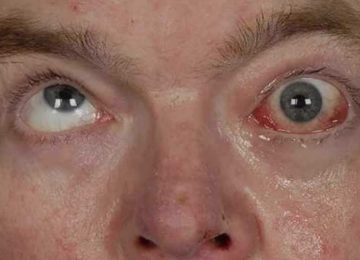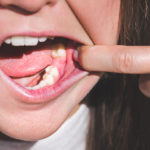Dental infections can be extremely painful and can result in life-threatening complications if ignored. Maintaining excellent oral health requires awareness of the causes of tooth infections and how to identify their early signs. We will delve into the world of dental infections and an infected tooth in this blog article, illuminating their causes as well as the warning indications that should encourage prompt dental care.
Why Do Dental Infections Occur?
- Tooth decay: It is also referred to as cavity decay and is one of the leading causes of dental infections. Cavities develop when plaque, a bacterial film that sticks to teeth, builds up and mixes with dietary carbohydrates to create acids that eat away at the enamel.
- Gum Disease (periodontitis): Dental infections can result from gum disease, which is characterized by gum inflammation and infection. Serious oral health problems can result from the infection’s ability to migrate from the gums to the underlying tooth tissues.
- Trauma or Injury: Traumatic injuries that expose the inner pulp of a tooth can also result in dental infections. Bacteria can cause infections and excruciating pain when they enter the pulp.
- Poor Oral Hygiene: By skipping out on your normal brushing, flossing, and dental check-ups, you put yourself at risk of encouraging bacterial growth and dental diseases.
- Weakened Immune System: People with weakened immune systems are more likely to experience dental infections because their bodies may find it difficult to successfully fight bacterial invaders.
Recognizing symptoms
The early detection of dental infections is key to preventing them from becoming more severe. The following are some common symptoms to monitor:
- Toothache: A dental infection frequently manifests as persistent throbbing tooth pain. Foods and drinks that are either hot or cold may cause or worsen the condition.
- Swelling: Gum, cheek, and neck swelling may be signs of infection. Redness and pain may also be present in addition to swelling.
- Bad Breath: Particularly in situations of gum disease, foul-smelling breath that does not improve with brushing or mouthwash may be an infection.
- Fever: If the infection spreads past the tooth or gums, the body may attempt to fight it off by raising body temperature.
- Pus Discharge: The appearance of pus in the gums or around a tooth is a clear sign of infection. It might taste nasty and smell terrible.
If neglected, dental infections can have a severe negative influence on both oral and general health. The initial step in maintaining a healthy smile is to understand the root causes and early signs of dental infection. It is critical to make an appointment with your dentist immediately if you have any of the aforementioned symptoms. It is important to note that routine dental examinations and proper oral hygiene habits can help prevent dental infections and guarantee that your teeth and gums remain healthy for many years.











